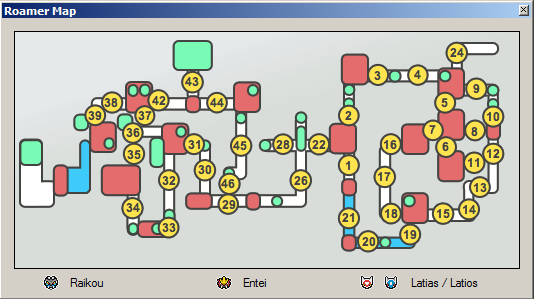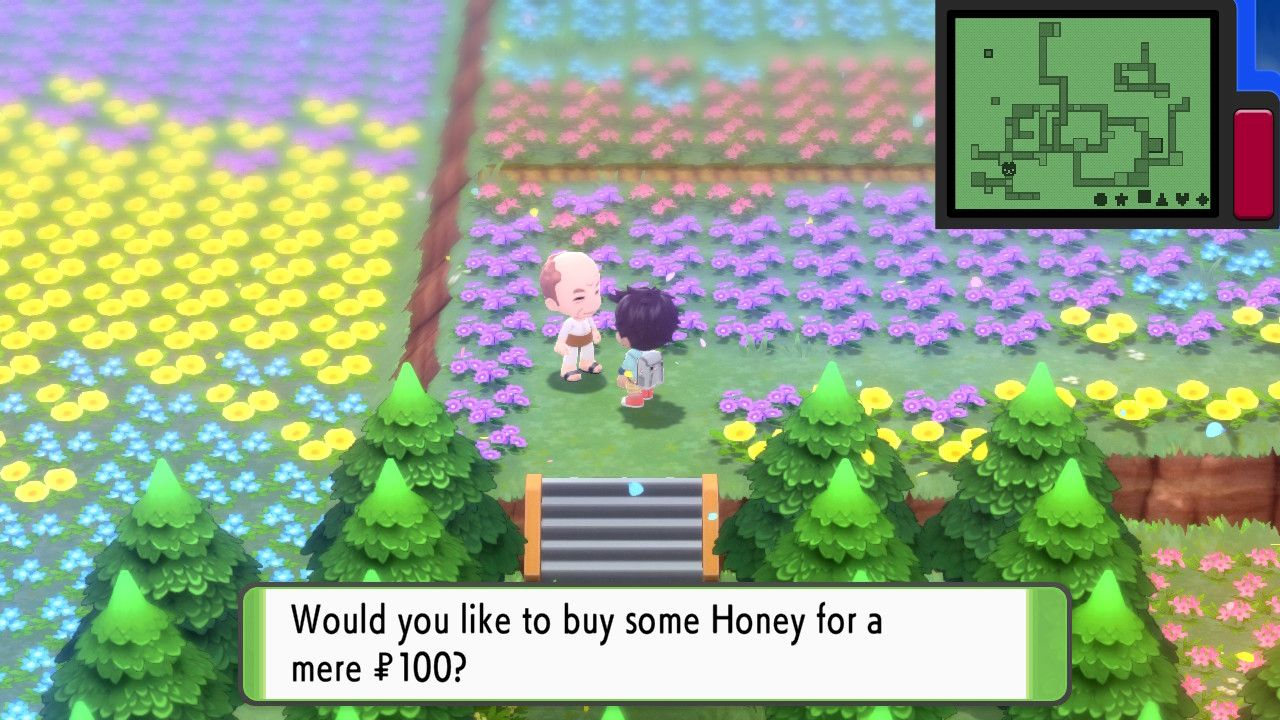

One who did was Bob Olney, of Honey Tree Inc., in Michigan, who sells its Winnie the Pooh honey in Walmart stores. honey packers didn’t want to talk about how they process their merchandise. Food Safety News did not examine these products for this story. The National Honey Board, a federal research and promotion organization under USDA oversight, says the bulk of foreign honey (at least 60 percent or more) is sold to the food industry for use in baked goods, beverages, sauces and processed foods. All of the organic honey was produced in Brazil, according to the labels. Out of seven samples tested, five (71 percent) were heavy with pollen. Bryant found that every one of the samples Food Safety News bought at farmers markets, co-ops and “natural” stores like PCC and Trader Joe’s had the full, anticipated, amount of pollen.Īnd if you have to buy at major grocery chains, the analysis found that your odds are somewhat better of getting honey that wasn’t ultra-filtered if you buy brands labeled as organic.100 percent of the honey packaged in the small individual service portions from Smucker, McDonald’s and KFC had the pollen removed.77 percent of the honey sampled from big box stores like Costco, Sam’s Club, Walmart, Target and H-E-B had the pollen filtered out.100 percent of the honey sampled from drugstores like Walgreens, Rite-Aid and CVS Pharmacy had no pollen.


It is a spin-off of a technique refined by the Chinese, who have illegally dumped tons of their honey – some containing illegal antibiotics – on the U.S. Ultra filtering is a high-tech procedure where honey is heated, sometimes watered down and then forced at high pressure through extremely small filters to remove pollen, which is the only foolproof sign identifying the source of the honey. However, the FDA isn’t checking honey sold here to see if it contains pollen. In the U.S., the Food and Drug Administration says that any product that’s been ultra-filtered and no longer contains pollen isn’t honey. The food safety divisions of the World Health Organization, the European Commission and dozens of others also have ruled that without pollen there is no way to determine whether the honey came from legitimate and safe sources. The removal of these microscopic particles from deep within a flower would make the nectar flunk the quality standards set by most of the world’s food safety agencies. The results show that the pollen frequently has been filtered out of products labeled “honey.” grocery stores isn’t exactly what the bees produce, according to testing done exclusively for Food Safety News. More than three-fourths of the honey sold in U.S.


 0 kommentar(er)
0 kommentar(er)
